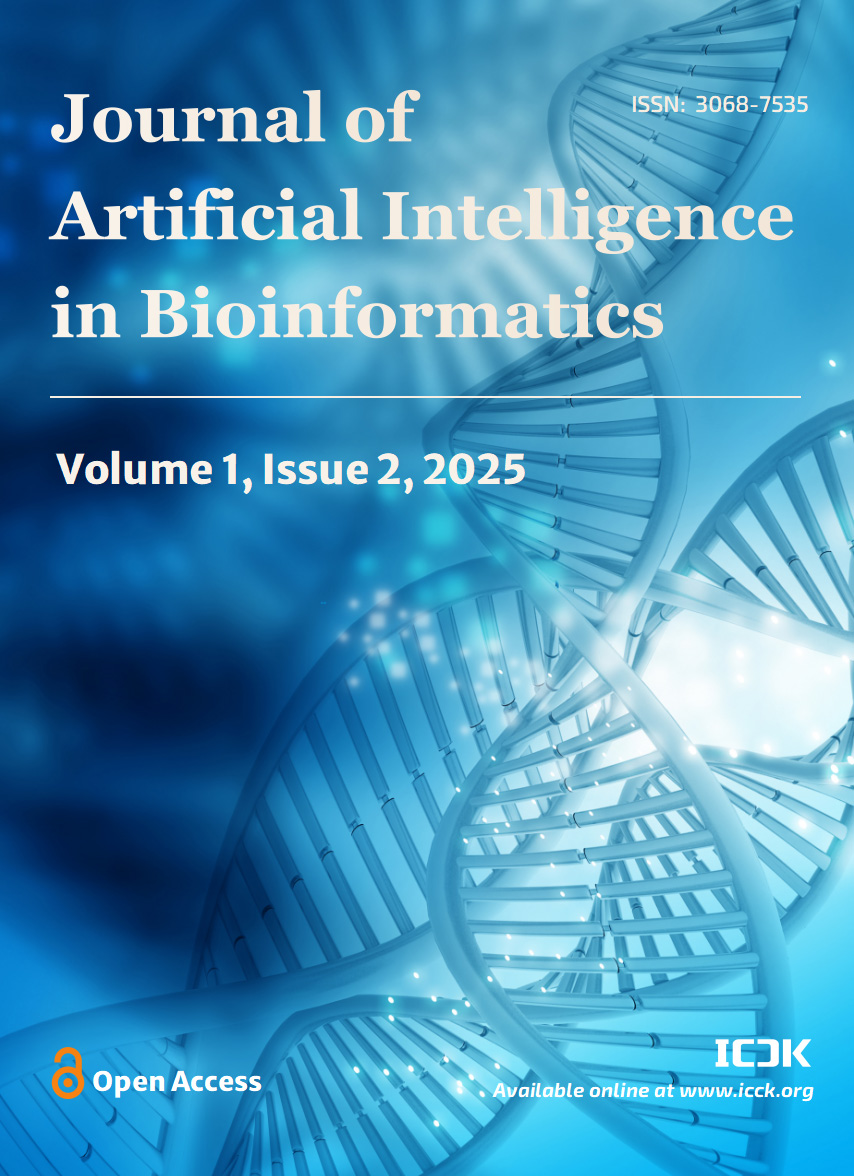Abstract
Diabetic retinopathy (DR) is a leading cause of blindness globally, requiring timely detection and classification to prevent vision loss. Deep learning techniques offer significant potential for automating DR detection by analyzing retinal fundus images with high precision. This paper proposes a RetinoNet model that consists of MobileNetV3, Convolutional Block Attention Module (CBAM), Atrous Spatial Pyramid Pooling (ASPP), and Feature Pyramid Network (FPN). MobileNetV3 provides a lightweight and efficient foundation for feature extraction, while CBAM emphasizes critical spatial and channel information, enabling the detection of subtle retinal abnormalities. ASPP captures multi-scale contextual information through atrous convolutions, improving the model's ability to identify lesions of varying sizes and shapes. FPN combines hierarchical features from multiple network levels, ensuring both fine-grained details and high-level semantics are leveraged for accurate classification. The model was trained on the APTOS dataset. Evaluation metrics such as accuracy, precision, recall, and F1 score demonstrate the effectiveness of the proposed model in achieving state-of-the-art performance for DR detection and classification across five severity levels. This approach addresses computational challenges and improves generalization, making it suitable for both clinical and remote healthcare applications.
Data Availability Statement
Data will be made available on request.
Funding
This work was supported without any funding.
Conflicts of Interest
The authors declare no conflicts of interest.
Ethical Approval and Consent to Participate
This study uses the anonymized, public APTOS 2019 dataset (CC BY-NC-SA 3.0 license). No human subjects, identifiable data, or interactions were involved. Ethical approval and consent are not required under guidelines for secondary data analyses (e.g., Helsinki Declaration).
Cite This Article
APA Style
Saeed, M. U., Dastgir, A., Ghani, M. A. N. U., & Manzoor, A. (2025). RetinoNet: An Efficient MobileNetV3-Based Model for Diabetic Retinopathy Detection Using Multi-Scale Feature Fusion. Journal of Artificial Intelligence in Bioinformatics, 1(2), 58–68. https://doi.org/10.62762/JAIB.2025.322062
Publisher's Note
ICCK stays neutral with regard to jurisdictional claims in published maps and institutional affiliations.
Rights and Permissions

Copyright © 2025 by the Author(s). Published by Institute of Central Computation and Knowledge. This article is an open access article distributed under the terms and conditions of the Creative Commons Attribution (CC BY) license (
https://creativecommons.org/licenses/by/4.0/), which permits use, sharing, adaptation, distribution and reproduction in any medium or format, as long as you give appropriate credit to the original author(s) and the source, provide a link to the Creative Commons licence, and indicate if changes were made.


 Submit Manuscript
Edit a Special Issue
Submit Manuscript
Edit a Special Issue

 Copyright © 2025 by the Author(s). Published by Institute of Central Computation and Knowledge. This article is an open access article distributed under the terms and conditions of the Creative Commons Attribution (CC BY) license (https://creativecommons.org/licenses/by/4.0/), which permits use, sharing, adaptation, distribution and reproduction in any medium or format, as long as you give appropriate credit to the original author(s) and the source, provide a link to the Creative Commons licence, and indicate if changes were made.
Copyright © 2025 by the Author(s). Published by Institute of Central Computation and Knowledge. This article is an open access article distributed under the terms and conditions of the Creative Commons Attribution (CC BY) license (https://creativecommons.org/licenses/by/4.0/), which permits use, sharing, adaptation, distribution and reproduction in any medium or format, as long as you give appropriate credit to the original author(s) and the source, provide a link to the Creative Commons licence, and indicate if changes were made. 